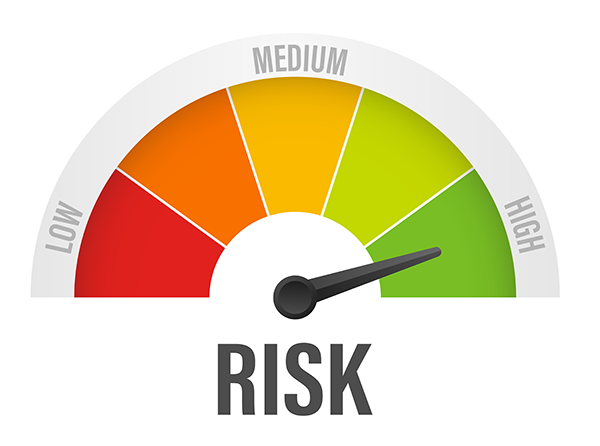Written by Martha Gershun, Guest Blogger
Of all the potential risks facing living kidney donors, three inter-related conditions are typically top of mind – diabetes, hypertension, and chronic kidney disease. Transplant centers attempt to screen for all three risk factors, typically using pre-determined numerical cut-offs to decide who will be accepted and who will be rejected as a donor. Donor candidates are given some information and some say in how these numbers determine their status, and of course they can back out of the process at any time. But if they choose to proceed, the Transplant Selection Conference makes the final determination if they will be allowed to donate.
These variables played a big part in my evaluation as a living kidney donor at the Mayo Clinic in Rochester, MN in 2018. While I had excellent kidney function (creatinine of .8 and eGFR of 82), my fasting glucose level was in the prediabetes range and my in-office blood pressure readings were consistently high.
Over the next three days, Mayo eliminated concerns about diabetes risk. A more rigorous glucose tolerance test showed 110, where anything lower than 140 is normal, and my Hemoglobin A1C readings, which show blood sugar over time, were normal, too. However, my 18-hour blood pressure test was not as reassuring. I was just fine while asleep, but while awake 63 percent of my diastolic readings were over 80, and 46 percent of my systolic readings were over 130. When I told the nephrologist that might be because I was pretty stressed running around the Medical Center for tests, he wryly suggested “I bet your real life back home actually includes some stress, too.”
While my blood pressure readings were not alarming for a regular patient seeking primary care, they were a possible red flag for proceeding with surgery that would leave me with only one kidney. The Mayo nephrologist outlined several options: I could choose not to donate a kidney. I could lose some weight and retest in a few months. I could begin a low dose antihypertensive medication and retest in two weeks.
I chose the latter option, and within three weeks my 18-hour blood pressure readings were acceptable. The Transplant Selection Conference approved me for surgery, and five months later I successfully donated my kidney. Four years later, I remain on the antihypertensive medication (one daily pill, low cost, no side effects) and continue to have normal blood pressure.
Given my interest in the intersection of living kidney donation and hypertension, I was particularly intrigued by a new study, published in January in Transplantation by a collaborating team of biostatisticians and physicians from Minnesota and Norway, that describes the development and validation of a new evidence-based risk calculator for living kidney donors.
Available to potential donors and their care teams, this user-friendly web-based calculator provides a long-term projection of individual hypertension risk post donation.
The calculator is easy to use. But it fails as a decision-making tool. While it tells me, based on my pre-medication numbers, that I have a 39% chance of developing hypertension within 10 years of kidney donation and a 62% likelihood of developing hypertension at 15 years, it doesn’t offer any information about my risk if I hadn’t donated. Incremental risk is not calculated.
As the study authors note: “Importantly, the model does not provide an estimate of the attributable risk of donation on the development of hypertension.” In other words, we have no idea if or when a potential donor would have developed hypertension even if they did not donate a kidney.
Since the authors also note “there is clearly no strong signal that donation increases hypertension risk,” could this tool actually do more harm than good? What if it scares off potential donors with a perceived risk of developing post-donation hypertension, without providing a fuller understanding that they might develop the condition even if they do not donate? How many living donors might overestimate their donation risk based on this tool and back out of donation, dooming their recipients to dialysis or death from End Stage Renal Disease? It scares me to think I might have been one of them.
- https://journals.lww.com/transplantjournal/Fulltext/9900/Development_
and_Validation_of_a_Hypertension_Risk.317.aspx - https://shiny.biostat.umn.edu/Transplant/KidneyDonor/
Martha Gershun is a nonprofit consultant and writer living in Fairway, KS with her husband Don Goldman. Her most recent book, Kidney to Share (Cornell University Press, 2021), with co-author John Lantos, MD, details her experience donating a kidney at the Mayo Clinic to a woman she read about in the newspaper. Gershun is a Special Advisor to the Kidney Transplant Collaborative and serves on the Board of the National Kidney Foundation serving Kansas, Oklahoma, and Western Missouri.

